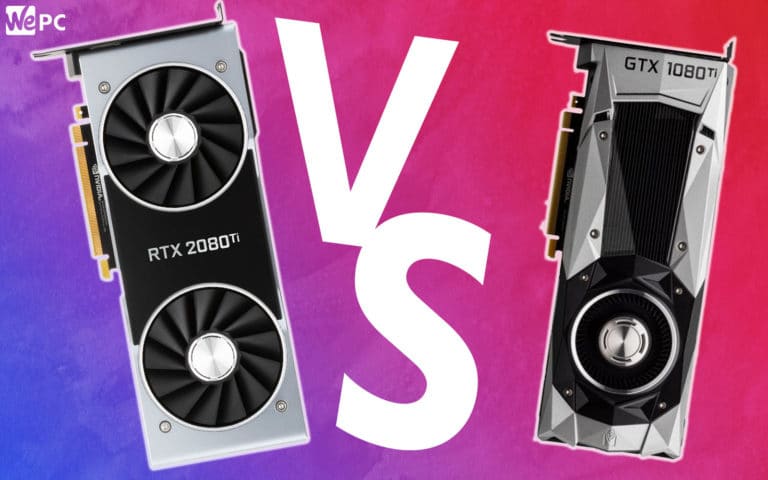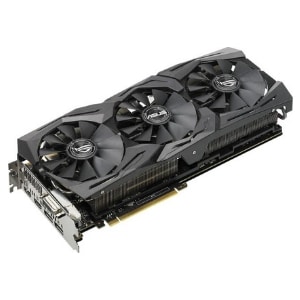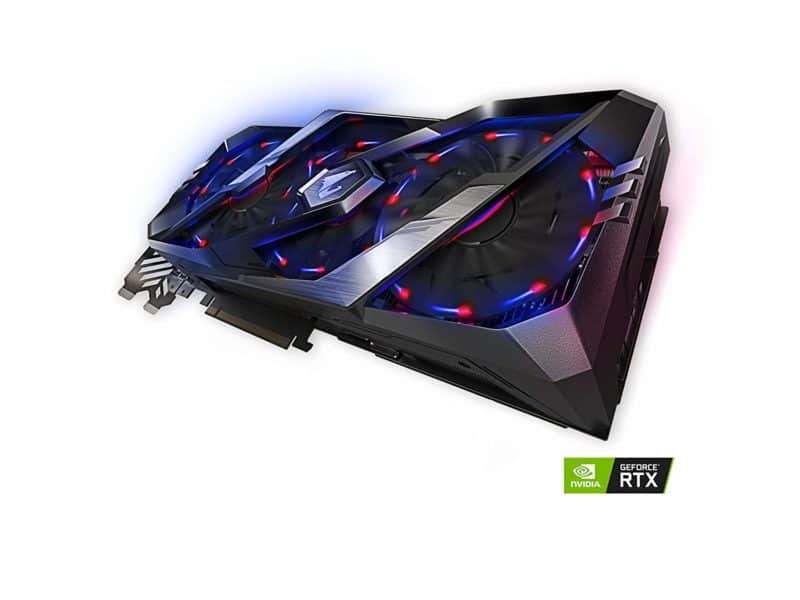2080 Ti vs 1080 Ti
This article compares Nvidia’s popular graphics cards, the GTX 1080 Ti, and the RTX 2080 Ti

2080 Ti vs 1080 Ti
If you are looking for a new graphics card, Nvidia is a fantastic company to choose. They cater to all price ranges and their GPUs have great specifications.
In this article, we will be focusing on two Nvidia GPUs in particular, the RTX 2080 Ti and the GTX 1080 Ti. We will be discovering which is better when looking at specifications such as fps, resolution, VRAM, and architecture.
Nvidia
Although Nvidia is a fairly new company in comparison to the likes of AMD, they have made a significant impact when it comes to GPUs. They took the gaming world by storm in 1997, when they released their first RIVA GPU.
Since then, Nvidia has gone from strength to strength. While companies such as AMD excel in the CPU world, they have found it difficult to rival Nvidia’s high-end graphics cards.
While there is a more level playing field when it comes to mid-range graphics cards, the technology that Nvidia has released in the last decade has been impressive. While their lower to mid-range graphics cards are not on the same spec levels as their high-end ones, this does not make them less impressive in their price range.
Nvidia is a company that consistently creates new and innovative ways to improve their GPUs.
Architecture
The architecture of your GPU is key when it comes to overall gaming performance. The better architecture used, the more successful your gaming performance will be.
The architecture is what sets these two GPUs apart. Given the price jump for the 2080 ti, it may come as no surprise that it uses the best GPU architecture.
The 2080 Ti runs on Nvidia Turing architecture. This is 6X faster than its predecessors and it produces powerful DLSS 2.0 AI-Enhanced graphics. The graphics created are excellent, and it uses concurrent processing.
Nvidia Turning architecture uses next-gen Variable Rate Shading to provide intricate detailing.
When looking at the 1080 Ti, it runs on a lower spec architecture. The architecture used is Nvidia Pascal. While it does not match the Nvidia Turing, it is still impressive.
Nvidia Pascal provides 3x faster performance compared to previous GPUs and it supports next-gen VR. When looking at mid-range graphics cards, this is some of the best architecture available.
Though the 2080 Ti’s architecture cannot be matched by the 1080 Ti, this is understandable given the step up in price. If money is not an issue, and you are looking to future proof your build, the 2080 ti is the better option for architecture.
Cooling
The cooling system used in your build is important, especially if you are looking to overclock your GPU. Overclocking increases the temperature of the GPU. If you do not have a sufficient cooling system in place, your graphics card could overheat.
The 2080 Ti uses two dual axial 13 blade fans and has a vapor chamber that keeps the GPU cool. The 1080 Ti uses one radial fan and also uses a vapor chamber.
The maximum GPU temperature for the 2080 ti is 89℃ and for the 1080 ti is 91℃ before thermal throttling.
The power consumption for both GPUs is 250W. There is no difference in how much power they will use. The recommended power supply needed is 650W for the 2080 ti and 600W for the 1080 Ti. The 2080 Ti requires a larger power supply, however, this figure doesn’t take into consideration aggressive overclocks!
Dimensions
Before you purchase a graphics card, you will need to be sure that it will fit your build. While many graphics cards are of a similar size, the length and other aspects can vary slightly.
Here are the dimensions for these GPUs:
2080 Ti
- Height – 4.556”
- Length – 10.5”
- Width – 2-Slot
1080 Ti
- Height – 4.376”
- Length – 10.5”
- Width -2-Slot
The size difference between these graphics cards is minimal and unless placed next to each other, you would not notice the height difference. However, if there is less room in your build, the 1080 Ti is the better option.
The interface these GPUs use is PCIe 3.0 x16. While this is a little outdated given the release of PCIe 4.0 x 16, it is still a fairly modern spec.
Resolutions/FPS
The resolution and FPS of your graphics card are one of the most important aspects to consider. These are two specifications where the 2080 Ti performs much better than the 1080 ti.
The 2080 Ti has a resolution of 1440p and is compatible with 4K gameplay. When looking to future proof, this is the card you should choose. The 1080 Ti has a resolution of 7680×4320. While it is not 4K compatible, it performs well at 1080p which is the standard for the majority of gamers.
Let’s take a closer look at the benchmarking tests we performed. The 2080 Ti trumped the 1080 Ti in every category and its performance was significantly better. It is clear to see that this is the higher-end GPU.
Overall the 2080 Ti had a 29% better Effective 3D speed. When looking at games played at 1080p in a max resolution, the fps of the 2080 Ti was always significantly better. For example, when benchmarking The Witcher 3: Wild Hunt, the 2080 Ti had 173 fps, in comparison to the 1080 Ti, which only had 115 fps.
When it came to overclocking, again the 2080 Ti was the better option. When looking at the MRender, the difference was staggering, and the 2080 Ti was 106% faster. The MRender fps for the 2080 Ti was an impressive 297fps, compared to the 144 fps of the 1080 Ti.
The 2080 Ti is the clear winner when it comes to fps and resolution. However, the significant price increase reflects this.
Ray Tracing
Ray tracing is a fairly new concept and until the introduction of Nvidia’s RTX series, had not to be integrated into a GPU before.
Ray tracing increases the lighting in-game to allow for more realistic graphics. The RT cores are responsible for this. It is particularly useful in modern gaming, especially if you play games such as Call of Duty or Battlefield V.
The 2080 Ti supports ray tracing, however, the 1080 Ti does not. While the overall lighting for the 1080 Ti is good, it is not quite on the same level as the 2080 Ti. The 2080 Ti is the better graphics card to consider if you are looking at future-proofing.
VRAM
The VRAM is a specification that should not be overlooked when you are looking for a suitable graphics card for gaming. When researching the specs, the GPU you choose will need to run on at least 8GB for a good 1080p resolution. If you are planning to game in 1440p, you will need additional GB.
The memory speed for the 2080 Ti is 14Gbps, in comparison to the 1080 Ti which is 11Gbps. While this does not seem like a big difference, it is noticeable. The standard memory configuration for the 2080 Ti is 11GB GDDR6. This is currently the best memory configuration available.
The 1080 Ti uses a standard memory configuration of 11GB GDDR5X. While the GB is good, GDDR5X is not as future proof, with the imminent release of GDDR7 in the future.
Conclusion
When comparing both graphics cards it is hard to deny how impressive the 2080 Ti is. It is a high-end graphics card and made for those wanting to take gaming seriously. With its Turing architecture, 1440p resolution, and fantastic fps speeds, it is the clear winner. However, it is significantly more expensive.
Although the 1080 Ti has lower specs overall, it is far better value for money and it is a great mid-range starting point. The Nvidia Pascal architecture is still impressive, and the overall fps speeds are good.
If you are on a budget the 1080 Ti would be the better option. If money is not an issue and you want to future proof your build, the 2080 T is the better GPU.





